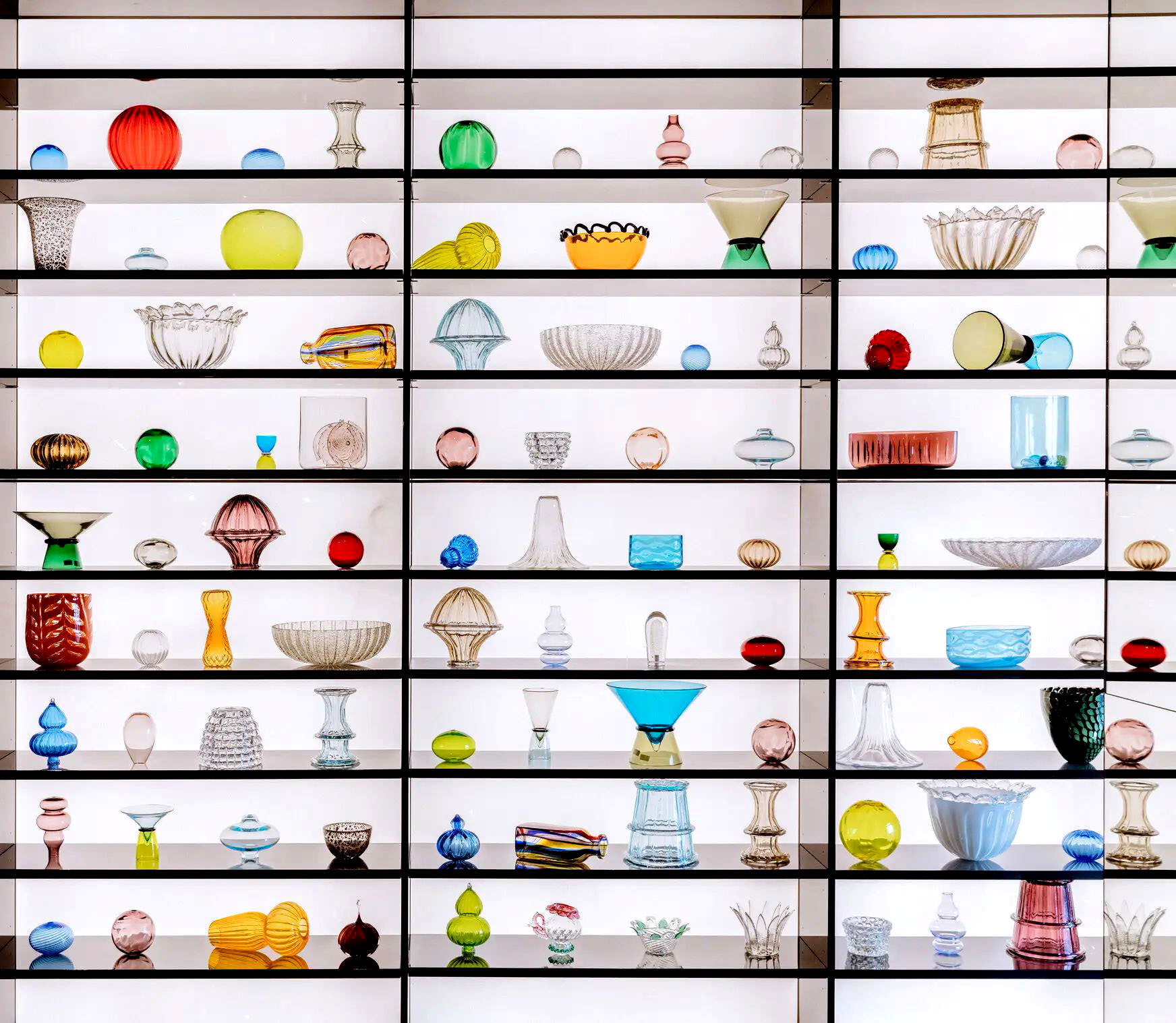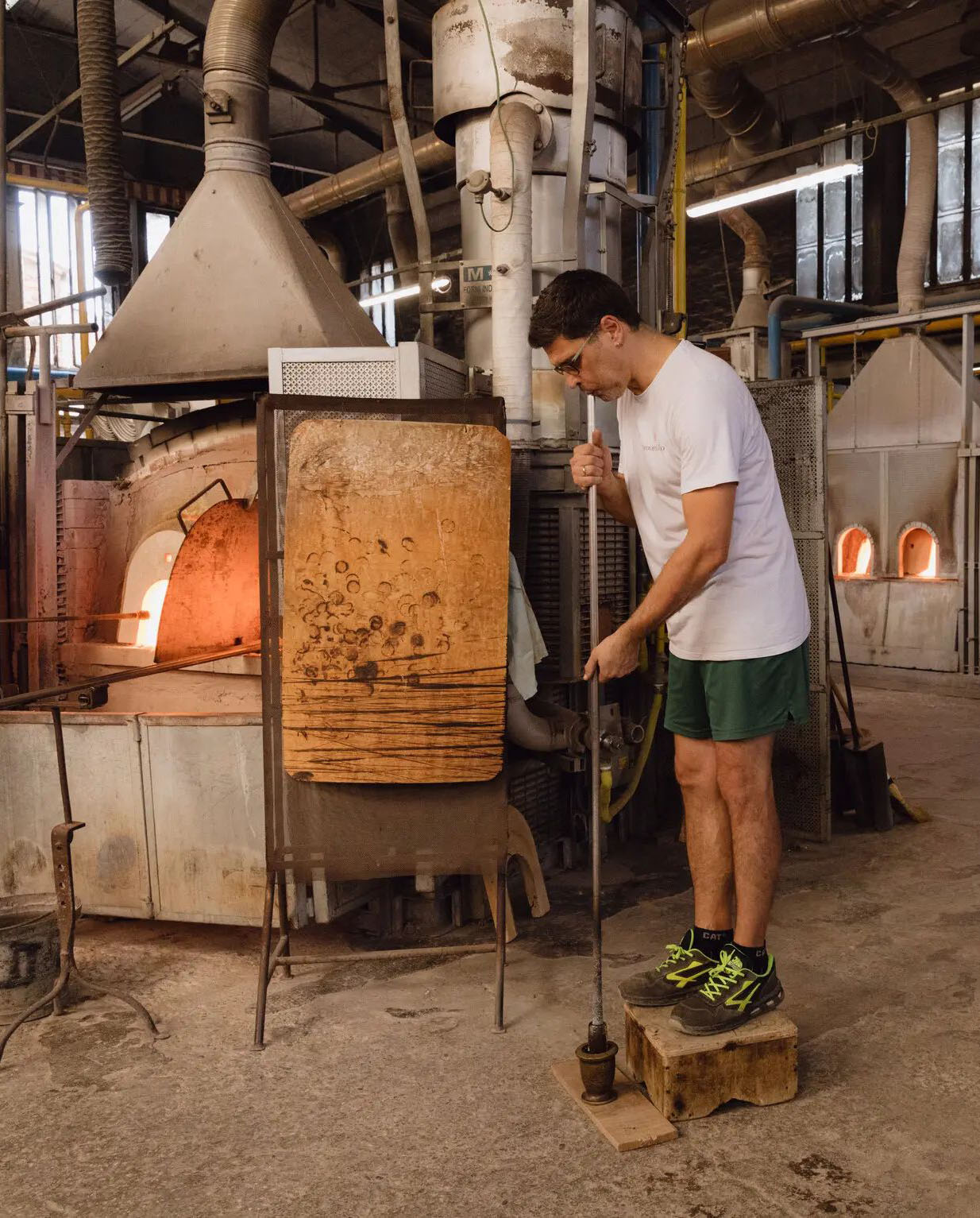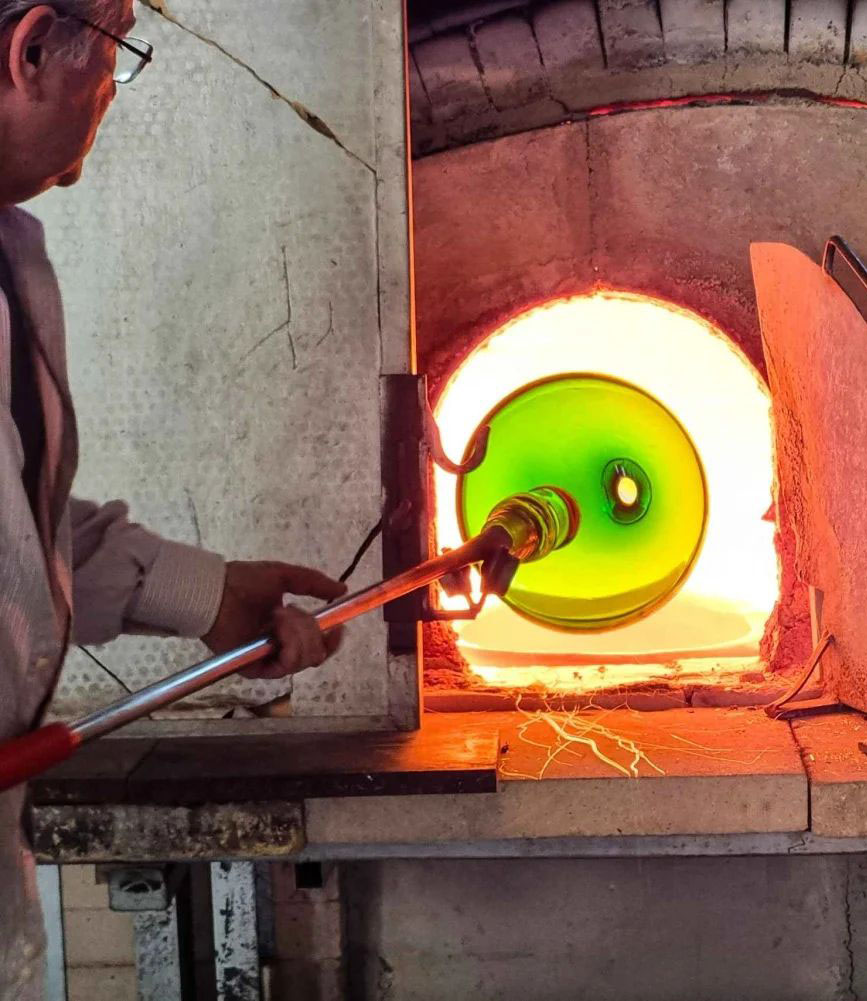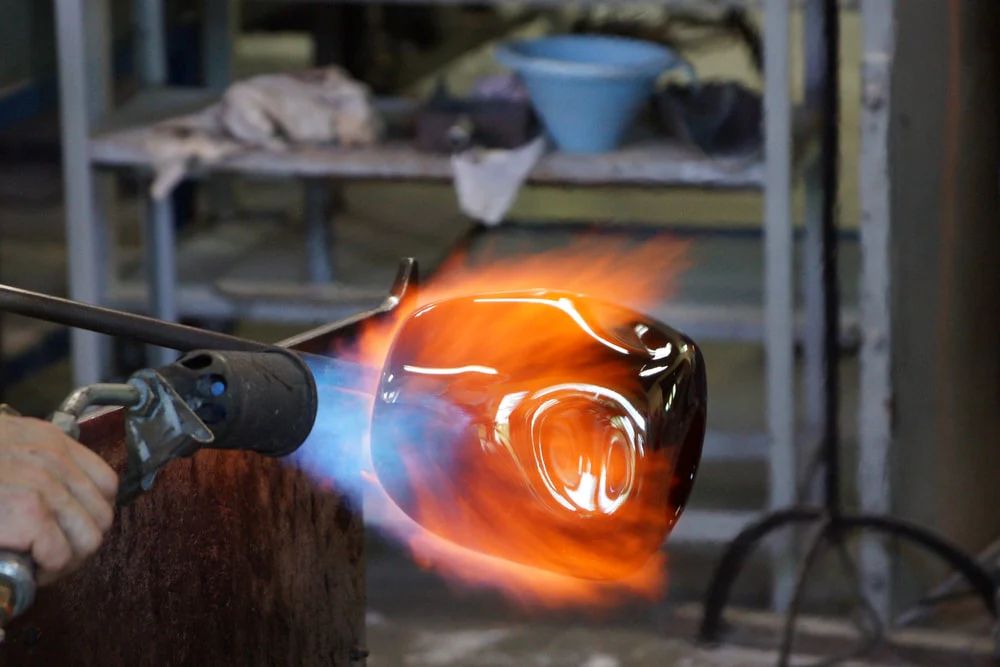




When and How Murano Became the Glass Island
Murano’s identity as the Glass Island began in 1291, though its role as a peaceful retreat dates back to ancient times. The island became famous for its glassmaking, which had been established in Venice since around 1000. However, the frequent fires caused by glass furnaces led Doge Pietro Gradenigo to decree that all glassworks be moved to Murano.
Although glassmakers were confined to the island to protect their trade secrets, they were granted privileges similar to the aristocracy, including the right to marry Patrician daughters. Over time, Murano evolved into a vibrant center of glassmaking, and its craft continues to be renowned worldwide today.

Why Murano?
Far far away, behind the word mountains, far from the countries Vokalia and Consonantia, there live the blind texts. Separated they live in Bookmarksgrove right at the coast of the Semantics, a large language ocean. A small river named Duden flows by their place and supplies it with the necessary regelialia. It is a paradisematic country, in which roasted parts of sentences fly into your mouth.
Glassblowers were relocated to Murano for two main reasons. The first was to reduce the fire risk in Venice. Glass furnaces, which reached temperatures of up to 1500°C, often caused fires in the city. By the 1270s, officials began moving workshops to Murano, completing the process by 1291. The second reason was political: to protect trade secrets. During the Middle Ages, Murano’s glassmaking techniques were being leaked across Europe. Isolating glassmakers on Murano allowed the Republic to control production and exports, ensuring the secrets stayed within Venice. Glassmakers faced fines or imprisonment if they left, though some foreign artisans were occasionally allowed to work in Murano. By the 16th century, Murano glassmakers had a monopoly on European glassmaking, gaining international fame for their exceptional creations.
Early Venetian glassmaking techniques are known through L’Arte Vetraria (“Glass Art”), written by Antonio Neri in 1612. Neri’s work highlights the delicacy, lightness, and translucency of Murano glass, which contributed to its renown.
